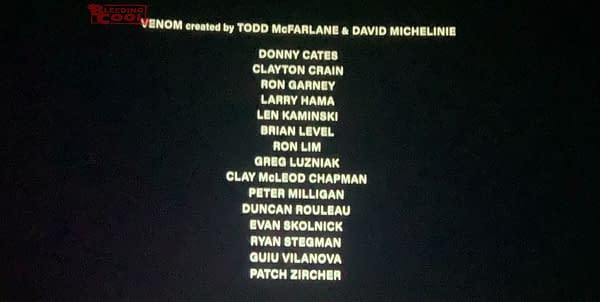Opinion: Proposition A is good for small business Joseph Chevalier
My favorite coffee mug is a gift from my wife, Kelsey. It has an image of a typewriter and the words “write your own story.”We wrote our own story when we opened Yellow Dog Bookshop in 2013. From the beginning, we wanted our shop to be a welcoming place that could brighten people’s lives and encourage them to write their own story.We all have a great opportunity now to help Missourians write their own stories by voting Yes on Proposition A.By raising the minimum wage, it will help people make a living and have a life that is not a daily struggle to put food on the table and keep a roof overhead. By assuring paid sick time, it will make our workplaces and our communities safer and healthier.Yellow Dog is a Mom and Pop bookshop. Mom and Pops thrive when they are connected to community.We can’t compete with big box stores and big online retailers by shortchanging our employees. We compete by providing a better customer experience – from our wide range of books to author readings and Children’s Story Time to participating in community holiday events like Living Windows. We’re a place where people can wander in and find something they didn’t know they were looking for – and bring a piece of magic home with them.Better customer experience is built on employees who care. And that starts with employers who show they care by how they pay and treat their staff.People like working at our bookshop. We have very little employee turnover.Low employee turnover is a huge benefit. It saves time and money that would otherwise have to be spent on hiring and training new people.Better employee retention brings better customer retention. Employees are better at serving first-time customers. And they are better at serving long-time customers who count on us for recommendations tailored to them and their kids.Proposition A will raise the minimum wage to $13.75 on Jan. 1, 2025 and then $15 on Jan. 1, 2026. After that there will be annual cost of living adjustments so the minimum wage does not lose buying power.If you hear someone saying that $15 by 2026 isn’t reasonable for Missouri, think about this. Nebraskans voted in 2022 to pass a ballot initiative to raise their state minimum wage to $15 by 2026.Minimum wage increases are important for small businesses like ours that depend on local customers with money to spend. When the minimum wage goes up, consumer spending goes up. The ripple effects benefit our businesses, communities and economy.Proposition A will also assure that workers can earn one hour of paid sick time for every 30 hours they work. Businesses with fewer than 15 employees can limit paid sick time to 40 hours while businesses with 15 or more employees can cap it at 56 hours per year.Today, most of the lowest-paid workers in Missouri don’t have access to paid sick leave. If they don’t work sick, they don’t get paid – jeopardizing their ability to pay rent and everything else.That’s wrong. And its counterproductive. Sick workers are less productive, take longer to recover, and can spread illnesses to other staff, customers and our kids.If a small bookstore like ours can plan ahead for the minimum wage increases and paid sick time provisions in Proposition A, so can other businesses.Proposition A has strong business support across our state. Yellow Dog Bookshop has joined with more than 500 businesses in the Missouri Business for a Healthy Economy Coalition. That includes other Columbia businesses like Pasta La Fata, Main Squeeze, Ozark Mountain Biscuit Co., and Makes Scents, to name a few.We know that Proposition A will strengthen Missouri’s workforce, businesses and communities, and lead to a healthier Missouri economy. Let’s write this story together!Joseph Chevalier is the owner of Yellow Dog Bookshop in Columbia and a member of Missouri Business for a Healthy Economy.









